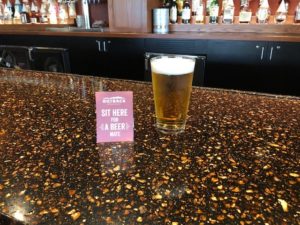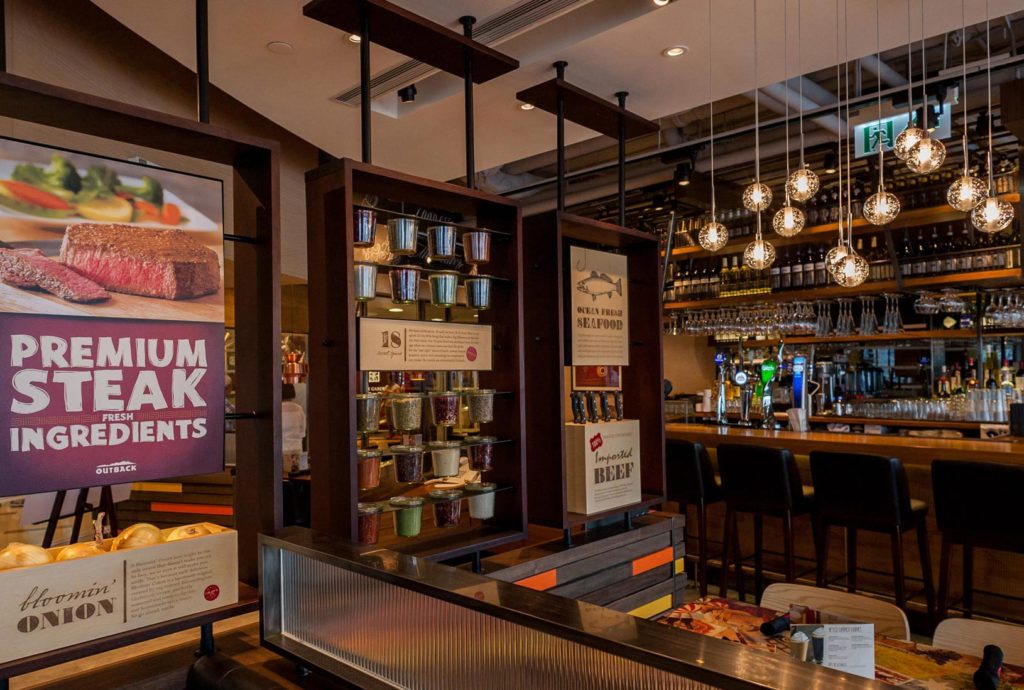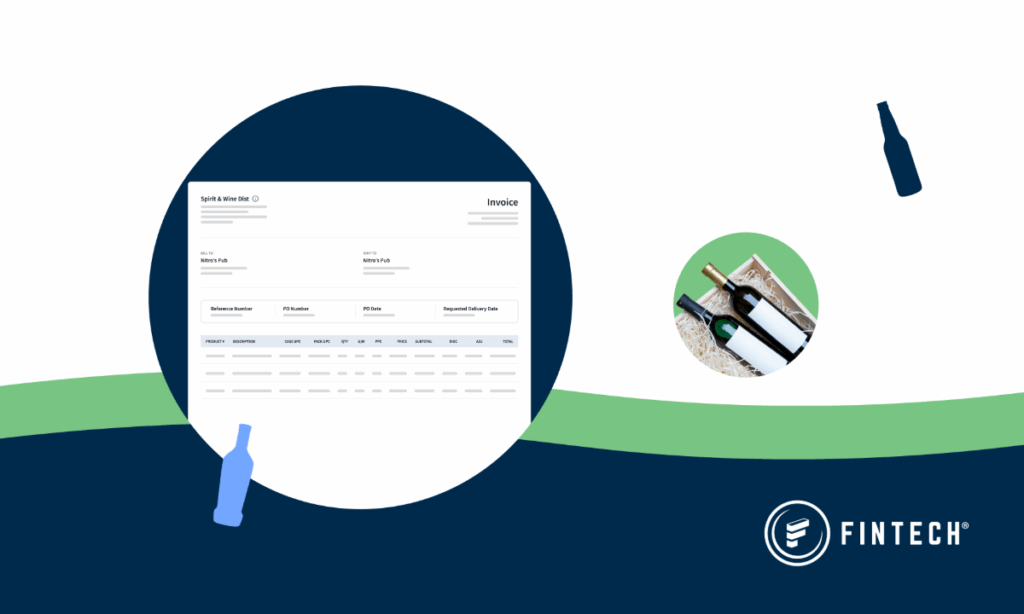As one of the nation’s largest restaurant chains, Bloomin’ Brands, relied on their innovation, sustainability, and quality to readjust business strategies under new restaurant regulations.
This blog is part four in a five-part series around how Restaurateurs are finding their new normal and operating under COVID regulations.
After opening the very first Outback Steakhouse in 1988, Bloomin’ Brands Inc has transformed American dining and expanded into one of the largest restaurant chains in the U.S. Today, Bloomin’ Brands consists of Outback Steakhouse, Bonefish Grill, Carrabba’s Italian Grill, and Fleming’s Prime Steakhouse and Wine Bar. Throughout their unique concepts, Bloomin’ Brands leads the industry in innovation, sustainability, and quality of service – characteristics that remained a driving force behind the company’s reaction to COVID-19. During our panel discussion about best practices for operations under the new safety restrictions and operating procedures, we were joined by Sheilina Henry, Regional Vice President with Bloomin’ Brands. Read her answers to our panel questions below.
As one of the nation’s largest restaurant companies with locations spanning nearly every state, keeping up with regulations is a top priority. How have you adjusted to the ever-changing regulatory changes brought on by COVID?
Sheilina: Corporate-wide, we have a consumer insight team that immediately began monitoring state regulatory pages to track information, then communicate it down to the rest of the business. Initially, they were sending daily updates, but that’s now been scaled back to weekly roll-ups. Our local teams and managing partners have also worked really hard to stay up to date with what is happening in their own areas. Our teams have also been staying connected with restaurant associations both nationally and locally. The associations have been incredibly helpful not only for getting us the information we really need, but they’ve been an ally for moving along legislation that’s made reopening a quicker and easier reality.
What tactics have you used to communicate reopening to your customers?
Sheilina: In each location we’ve relied heavily on banners and signage to communicate when we’re open for dine-in or take-out only and to signal to customers exactly what we’re doing in the store to promote safety. We’re also leaning heavily on digital promotion through our website and loyalty rewards programs. On the second day that a location is open for dine-in, we send an email invite to our rewards members in that area, letting them know we’ve reopened and inviting them back. We chose to wait until the second day just to make sure our location is well prepared and ready to welcome people back. We’re also leaning heavily on our Facebook pages, both locally and nationally.
Let’s talk more about the in-store signage; what does that look like, and how are you doing things like marking off tables to accommodate for limited capacity?
Sheilina: Well, each state has its own requirements for in-store signage, so first and foremost, we’re posting all the CDC and state guidelines in each store as they’re required. We’re also posting exactly what we’re doing from a safety standpoint right on the front door of every location, so guests know that we’re taking it seriously and doing what we need to do. We’re communicating that our entire staff has been retrained and certified in healthy food handling, that we’re performing daily temperature checks, sanitizing surfaces, washing our hands every 30 minutes, and wearing facemasks and gloves where required.
To adjust to the limited capacity, we had to get a little creative. Digitally, we use a table management system where we mark off the closed tables, so our hosts don’t have the option to seat those tables. Physically, we have table tents that indicate if a table is closed to the guest or if the space is open, like at the bar where we have signs that say “Sit Here for Beer!”

What are you doing to get buy-in from your employees regarding PPE, social distancing procedures, and new safety practices?
Sheilina: Getting buy-in is really a daily conversation with our staff from the top down. Everyone is required to wear a mask – they don’t get an option. But we understand that it’s not enjoyable to work in a hot restaurant or kitchen with it. For all our concepts, it’s really been about our great leadership. Managers are really doing a great job of communicating the requirements and encouraging employees through the changes. As we reopen our dining rooms, it’s definitely been an adjustment, but all our teams understand, and they are adapting quick. One of the best things I’ve heard from all of this is how our employees are adjusting to their new service normal. With the masks, they can’t smile at guests like they could before, so now they’re waving! It’s a creative, engaging way to show our guests that our teams are taking safety seriously but still having fun.
Are you making any changes to your menu to accommodate the new safety realities brought on by COVID or adjust to the increase in to-go orders?
Sheilina: We moved entirely from our reusable menus to disposable paper menus for every concept. We’re also testing out the QR codes for digital menus, and we have our menu listed on our website so guests can access the information from their phone.
We’ve taken this time to examine all the items we’re offering at each concept to move forward with a sustainable and streamlined menu and includes all the products our guests have come to know and love. When our dining rooms were closed, we simplified both the food and beverage menu to just a single page, which we jokingly call our “personalized” menu, because it’s one use per guest. It’s a challenge to limit the menu, but we felt it was important to only offer food that we could prepare safely and quickly and deliver well. We partnered with UberEats, DoorDash, and we have our own drivers, so we stayed focused on delivering the best product we could without having to overcomplicate things and juggle regulations.
We have really paced each of the brands differently so that we’re ready to go when we reopen and can adapt to anything else that might change from a regulatory perspective. As we welcome guests back to the dining room, we’re excited to offer the things that maybe didn’t travel too well, like the Chocolate Thunder from Down Under dessert. We also decided to take time over the summer to test a few return items and potentially eliminate single SKU items that increase inventory or require additional equipment that doesn’t have multiple applications. We want to streamline our production and improve efficiencies while we balance the new safety regulations because, above all, we recognize that while guests are starting to go out, they’re still cautious about exposure to the virus. We want to be extremely mindful of that.
Have you offered to-go alcohol at any of the concepts, and if so, how has that gone?
Sheilina: We offer to-go alcohol in three of our four concepts – Fleming’s, Bonefish, and Carrabba’s. For Outback, we decided to just focus on providing our famous steaks and Bloomin’ Onions for the time being. Something we’re really excited about is our Virtual Wine Dinner from Fleming’s, which launched June 24th. For this, we’ll deliver a four-course meal complete with four tasting bottles of Wagner Family Wine, descriptions, and additional pairing suggestions. It’s an excellent opportunity for guests to get the dine-in experience at home.
How has this experience adjusted your payment processes?
Sheilina: For guests taking food or drinks to-go, we have moved the entire payment process online. They order their meal and pay for the food, including tips, through our website, so when they arrive at the location, all they have to do is grab their food and go. It’s helped speed up the delivery processes because now our servers no longer need to collect payment and return for the signature, it’s just one exchange. In the dining room, we now have the option to pay online too, so guests never have to hand over any payment or sign a receipt.
Lastly, what would be your best advice for anyone looking to navigate all these new regulations and be successful in moving forward?
Sheilina: Our advice would be to be open-minded and innovative. It’s more important now than ever to rethink what you’re doing as a restaurant because there’s a lot that can be improved upon. Definitely keep safety a priority and continue to listen to your employees and location-level management. Lastly, don’t be in such a rush to drive sales that you lose focus on the important things, like your employees and guests.
Interested in hearing more about how Bloomin’ Brands and other top restaurant brands are handling new regulations and finding success with reopening? Watch our full panel webinar, Restaurateurs Share Best Practices for Operating Under COVID Regulations, on-demand.






